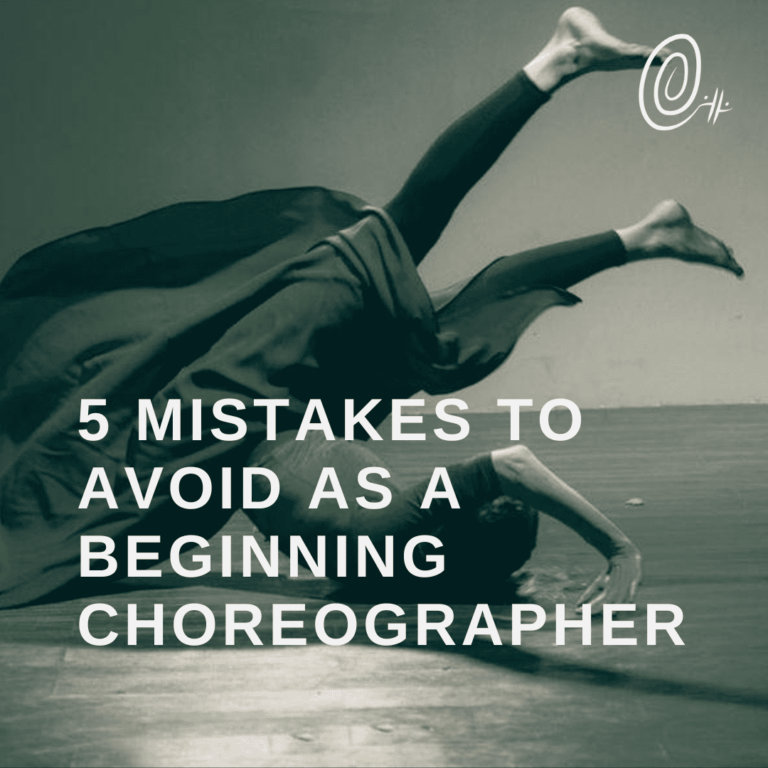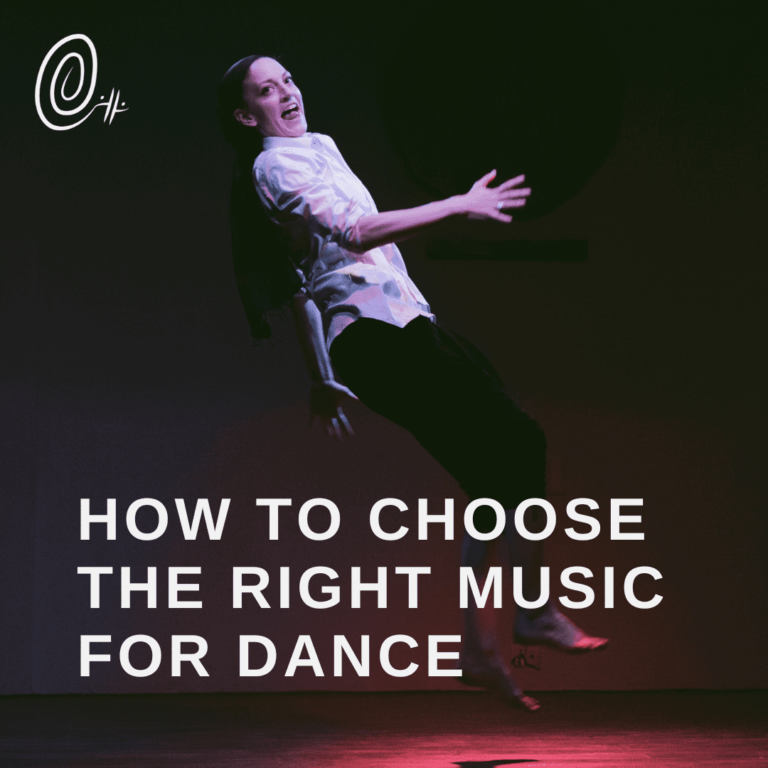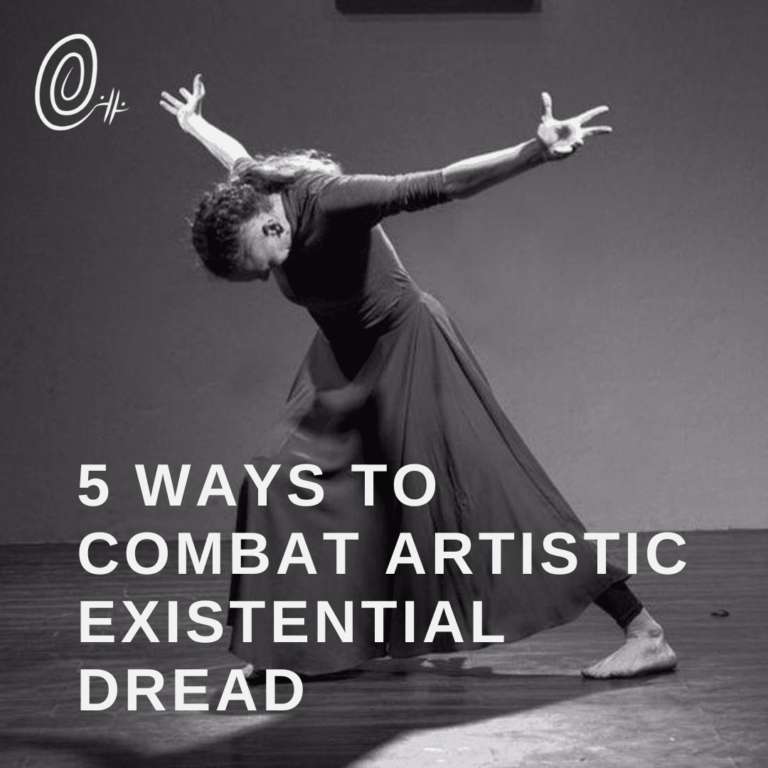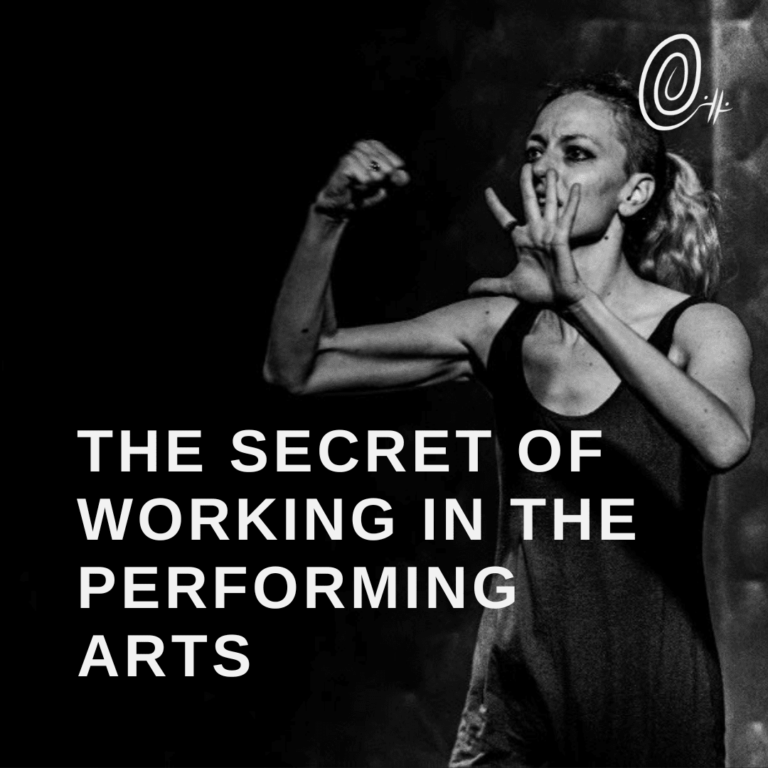How to Brand Yourself as an Artist
Once you start working professionally you’ll start hearing about the branding. You need to have a brand, be a brand, brand yourself, blah blah blah. If you’re not tired of it already, you will be soon! It can be very challenging to try and figure out how to represent yourself as a business. This is especially true because, as an artist, business is often far from your mind.
For the purposes of this blog, I’m not talking about why you should brand yourself as an artist. What I can say is that I think that it definitely does help. In particular, the process of developing the brand is useful in itself to understand what you want and what you are doing.
There’s a lot of blogs out there about branding and I’m not an expert. Instead, I’m going to focus on my own experience and what I’ve learned along the way. I’ll share some areas where I think it helps, and some areas where you need to be careful.
The main focus here is in how you brand yourself but as an artist, not as a business. The tension between the “art as art” and “art as business” is of particular interest.
The brand is your artistic voice
As an artist, your branding doesn’t need to represent every artwork you have ever created or will ever create. The last thing you want is to be halfway into a masterpiece, in the peak of creativity, and get stuck because you don’t know if it’s ‘on brand.’
The first thing to remember, then, is that your brand identity cannot limit or put boundaries on the kind of art you create.
For example, I used to have a line-drawn figure of a dancer for my logo. I didn’t really think much about it; I just liked it and used it. Eventually, though, as my practice began to expand, I realized that this dancer figure wasn’t going to cut it. The reason was simple: it suggested that I’m only a dancer.
Basically, your brand should more or less represent your artistic voice.
I’ve written a bit about that before. In essence, your artistic voice is what you bring to the table. It’s a combination of interests, mediums, inspirations, genres, and more. Most professional artists have a strong artistic voice, even if they work in a huge variety of mediums. You can see threads and commonalities across their work, common topics or interests, common themes, a certain style or expression. If you think of your favorite artists and try to articulate why you like them and not someone else, you can start to understand what they are bringing that is unique.
That’s the brand in a nutshell: it helps an audience understand what makes you as an artist unique. It doesn’t say what you will make and how it will look exactly, but it does say a bit about the kind of artist you are and what you have to say.
How an artistic brand functions
I don’t like marketing. I actually hate it. I’m not a business person, after all, I’m an artist. If I could just be left alone to create cool stuff in peace, I’d be very happy. And yet, the point of a brand is, so they say, to GO TO THE MARKET AND SELL.
I fully acknowledge that there are people out there who can do this very well and don’t hate it with a fiery passion like me, and maybe you are even one of them! You are lucky. My point, however, is to say that having a brand with a logo and all the accoutrements doesn’t mean that you have to go on full marketing manager and do business.
The process of branding, which includes developing your mission and vision, creating the design, and understanding your target audience, is already valuable as an artist.
Over the years I’ve adjusted my logo, tagline, copy, and so much more over and over again as I understand better who I am as an artist. My most recent incarnation, which you see on my website now, is the most intentional version I ever did. Coincedentally, it’s the one that fits best who I am and what I do. Because of it, I’m more comfortable and have a better understanding of my niches and audiences. I am not a business and far from it, but the brand helps link all my various projects and undertakings together.
This latter is one of the functions of the brand. It allows your audience to find you and recognize your different projects. If you do work with many different mediums and experiment with a lot of concepts, it can help people see that versatility. Again, rather than restrict what you can create, a brand should act like a box that is labeled with your artistic voice. The audience won’t necessarily know what will come out of the box, but it will help them know what to expect. The more artworks they see from the box, the more associations they will create. This connects to the concept of brand loyalty.
Practically Speaking: DIY or get a professional?
Of course the answer to this question depends on your means and your expectations. Last year when I went through the process of rebranding, I had little means so I did most of it myself. I did, however, take a lot of time – the whole process took about 8-10 months.
Identifying the artistic voice can be a tricky part, or at least understanding the overall umbrella that ties your work together. For me it was more about understanding where I want to go in the future; I wanted a brand that would represent me in the future as well as present.
I did spend time talking to friends and mentors about the process. I looked at other brands’ guidelines and branding documents to help understand what kinds of things they were defining and why they had chosen the colors they did.
In creating the visual look, I decided to go with certain themes and constants that are always around with me. These include the color of royal blue, my spiral ring, my agender identity. I identified certain keywords and characteristics that I wanted people to get from the brand image, and used them to guide word choice, design, and other elements.
For my logo, I spent a lot of time thinking and sketching.
I thought about my two main identities, performer and storyteller, and thought about what represents them visually and symbolically. From there I started sketching, showing designs to friends who know and are engaged with my work. Eventually that moved into new brainstorming about variations on my name, and I also thought to investigate certain objects or symbols that are often attached to me – my love of astronomy, cats, and the spiral ring. Eventually, through a brainstorming session over tea with friends, we thought to blend the ring with my name, and that was what I went with.
You can have a professional help you with the design, but if you do, just make sure that you have done all your own self-research and planning, and there is a lot of space to collaborate and discuss. If the designer doesn’t know about your artistic practice, it could be difficult. Remember: it’s not just a business, it’s an artistic voice.
I hope this helps! Again, branding and particularly the process of it can be enormously useful, and as a professional it will help you present and organize your work. Just don’t get too lost in that GO TO THE MARKET AND SELL mentality – after all, art’s value is intrinsic, not dependent on who wants to pay money for it!







